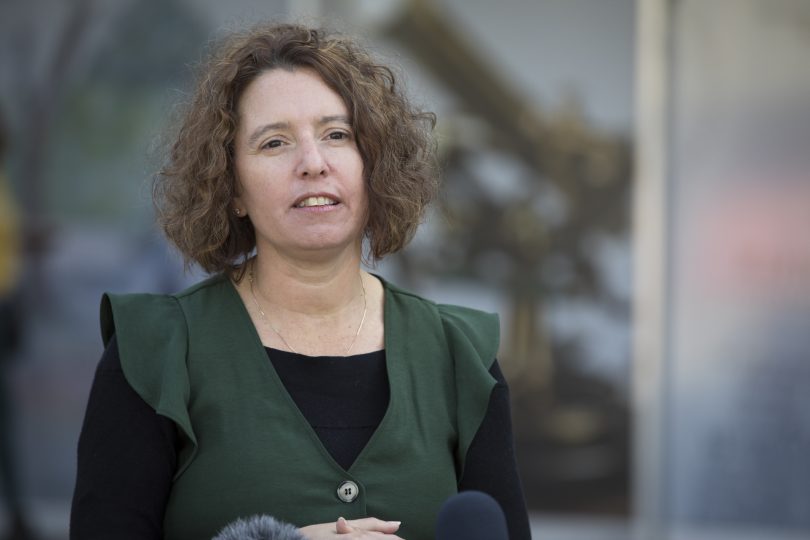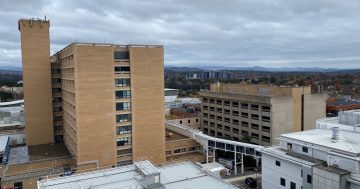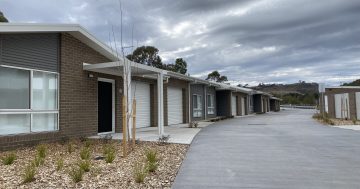
ACT Minister for Homelessness and Housing Services Rebecca Vassarotti has acknowledged that increased income pressure will have implications on social housing waitlists. Photo: Michelle Kroll.
The ACT Government is bracing for an increase in demand and stretched waiting times for public housing with the tapering off of welfare payments and a tight rental market in Canberra.
The increase in applications coming through for public housing will have implications on homelessness, rough sleeping and overcrowding, admitted ACT Minister for Homelessness and Housing Services Rebecca Vassarotti in Committee Hearings last week.
“Absolutely we saw an increase in the waiting list which was not unexpected given the economic impacts of COVID-19 … [and] we could well see a [continued] increase in waiting lists,” she said.
“We have reflected on some of the changes to income support, and with the reduction of the COVID-19 supplement in terms of JobSeeker. It would not be surprising if this puts some further stress on household income.”
Housing ACT received more than 1800 applications – including almost 540 transfer applications – for social housing in 2019-2020.
There are currently almost 3000 people on the waiting list, with an average wait time of more than 1300 days, or 3.6 years.
Referring to these figures, ACT Shadow Housing Minister Mark Parton questioned whether the expanding waitlist would mean “there are those who just cannot find a spot on the merry-go-round”.
Minister Vassarotti conceded the waiting list is too long, but said the priority list is housing more people, more quickly.
“One of the things the waiting list process does is it tries to identify who are the people who are in the greatest need,” she said. “While the data is about the general list, we do have the priority list and the higher needs list.
“[But] certainly it is a long time to be on the general services list.”
More than 99 per cent of people on the priority and high-needs list are being allocated housing within the three month period, said Geoff Aigner, executive branch manager of client services at Housing ACT.
“We do regular reassessments on our waiting lists,” he said.
“We have had some delays in that during the past year given that people have been working in and out of the office, but our intent for the next year is to get back to a higher frequency of reassessments.”
ACT Community Services Directorate executive director Louise Gilding said housing pressures are also exacerbated by low vacancy rates in the private rental market.
“When we see a tightening of our general vacancy rates, which we have seen in the private sector, people are less able to meet their housing needs and we do see that increase to our waiting list,” she said.
“We are seeing an increase in numbers and an increase in complexity.”
Minister Vassarotti said the ACT Government recognises the need to increase housing stock and pointed towards the government’s commitment to build 400 more affordable rentals, and renew a further 1000 houses to help reduce housing stress.




















